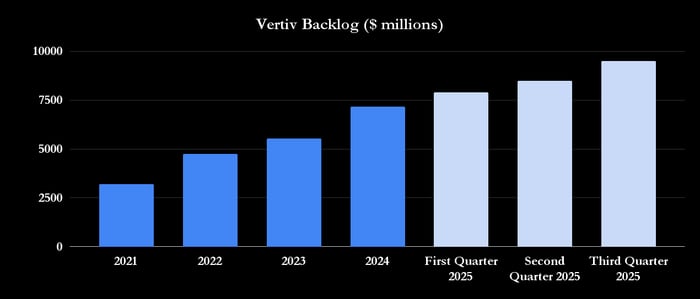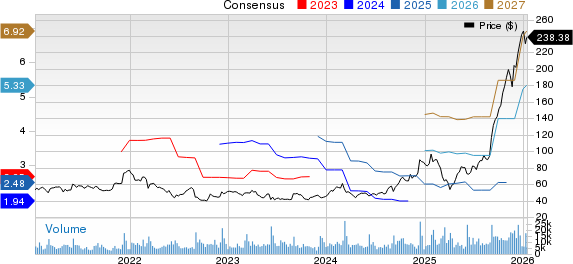“`html
Understanding Total Addressable Market: A Key to Investment Opportunities
The total addressable market (TAM) indicates the overall revenue potential for a product or service if it secures 100% market share. Investors often calculate TAM to gauge a company’s maximum revenue potential in ideal conditions. This measurement assists in comparing growth prospects within different industries. For personalized investment strategies aligned with financial goals, consulting a financial advisor could be beneficial.
What Does Total Addressable Market Mean?
The total addressable market, commonly known as TAM, signifies the entire revenue opportunity in a market, assuming a product or service captures complete market share. TAM gives a wide perspective on the potential size of a market, which is essential for businesses seeking to understand opportunities before enhancing their investment portfolios.
For instance, a company that produces electric vehicles would see its TAM as the entire electric vehicle market, including all potential consumers interested in buying them. Estimating TAM typically involves analyzing demographic data, identifying specific product needs, and observing market trends.
TAM is often measured in annual revenue, indicating the total potential sales for a given timeframe. Investors also use TAM to compare sizes of various markets, making it easier to spot industries with high growth potential. However, it’s important to remember that TAM is a broad measure, focusing on the highest possible revenue without factoring in competition or market share limitations.
Calculating Total Addressable Market
Calculating TAM requires knowing the potential number of customers and the average revenue each customer can bring in within a specific market. A typical formula for determining TAM is:
TAM = (Total Number of Potential Customers) x (Annual Revenue per Customer)
For instance, consider a company developing fitness apps. If there are 100 million potential users worldwide, and each could generate $10 in annual revenue, the TAM for the fitness app market would be $1 billion:
TAM = 100,000,000 (Customers) x $10 (Revenue per Customer) = $1,000,000,000
Alternatively, a top-down approach uses industry reports to estimate market size, while a bottom-up approach starts with the company’s current sales data and predicts future growth based on that information. The method chosen will depend on the available data and the specific market being evaluated.
Why Knowing Total Addressable Market Matters

Grasping the concept of TAM enables investors to evaluate a product’s or service’s maximum revenue and opportunities for market growth. Here are four key reasons to consider TAM:
- Identifies Market Potential: TAM reveals the maximum revenue a product or service could achieve. Understanding TAM helps investors assess if the market aligns with their financial ambitions.
- Supports Strategic Decisions: Companies analyze TAM to determine whether a market is worth exploring. For investors, it provides insights into whether a firm is pursuing a high-growth industry or a niche market with limited expansion.
- Facilitates Competitive Analysis: TAM assists in comparing firms within or across industries. Companies with similar models but disparate TAMs help investors prioritize their investments.
- Aids Revenue Forecasting: Knowing the TAM sets realistic expectations for a company’s future revenue. Although it indicates maximum revenue potential, it is helpful for forecasting long-term financial performance, especially for retirement savings planning.
Common Questions About Total Addressable Market
What’s the Difference Between TAM, SAM, and SOM?
TAM represents the largest possible market size for a product. In contrast, SAM, or serviceable available market, is the segment of TAM that a company’s products can realistically reach. SOM, or serviceable obtainable market, denotes the part of SAM that a company can feasibly capture, taking into account existing competition and market conditions.
Can TAM Change Over Time?
Indeed, TAM can change as markets evolve, new competitors emerge, or consumer preferences shift. Advancements in technology can also alter market dynamics, making it crucial for investors to periodically reevaluate TAM estimates to gauge their effect on investment prospects.
Why Do Startups Emphasize TAM?
For startups, highlighting TAM helps illustrate their growth potential, making them more attractive to investors. A large TAM suggests significant revenue growth opportunities, appealing to venture capitalists and early-stage investors.
Conclusion
Understanding Total Addressable Market (TAM): A Key Metric for Investors
The Total Addressable Market (TAM) gives investors a clear picture of the potential revenue from a product or service. By calculating TAM, investors can assess a business’s scalability, pinpoint growth opportunities, and make informed choices about which industries and companies align with their financial objectives. Though TAM is one of many metrics in market analysis, it provides essential insight into market potential, aiding investment strategies and portfolio management.
Tips for Smart Investment Planning
- Consider working with a financial advisor who can help you review investments and manage your portfolio. Finding one isn’t complicated. SmartAsset offers a free tool that connects you with up to three vetted financial advisors in your area. You can schedule a free introductory call with your matches to determine who might be the best fit for your needs.
- If you’re curious about how much your investments might grow, SmartAsset’s investment calculator can provide useful estimates.
Photo credit: ©iStock/DMP, ©iStock/AzmanL, ©iStock/Tatyana Maximova
The post How to Calculate Total Addressable Market (TAM) appeared first on SmartReads by SmartAsset.
The views and opinions expressed herein are the views and opinions of the author and do not necessarily reflect those of Nasdaq, Inc.







